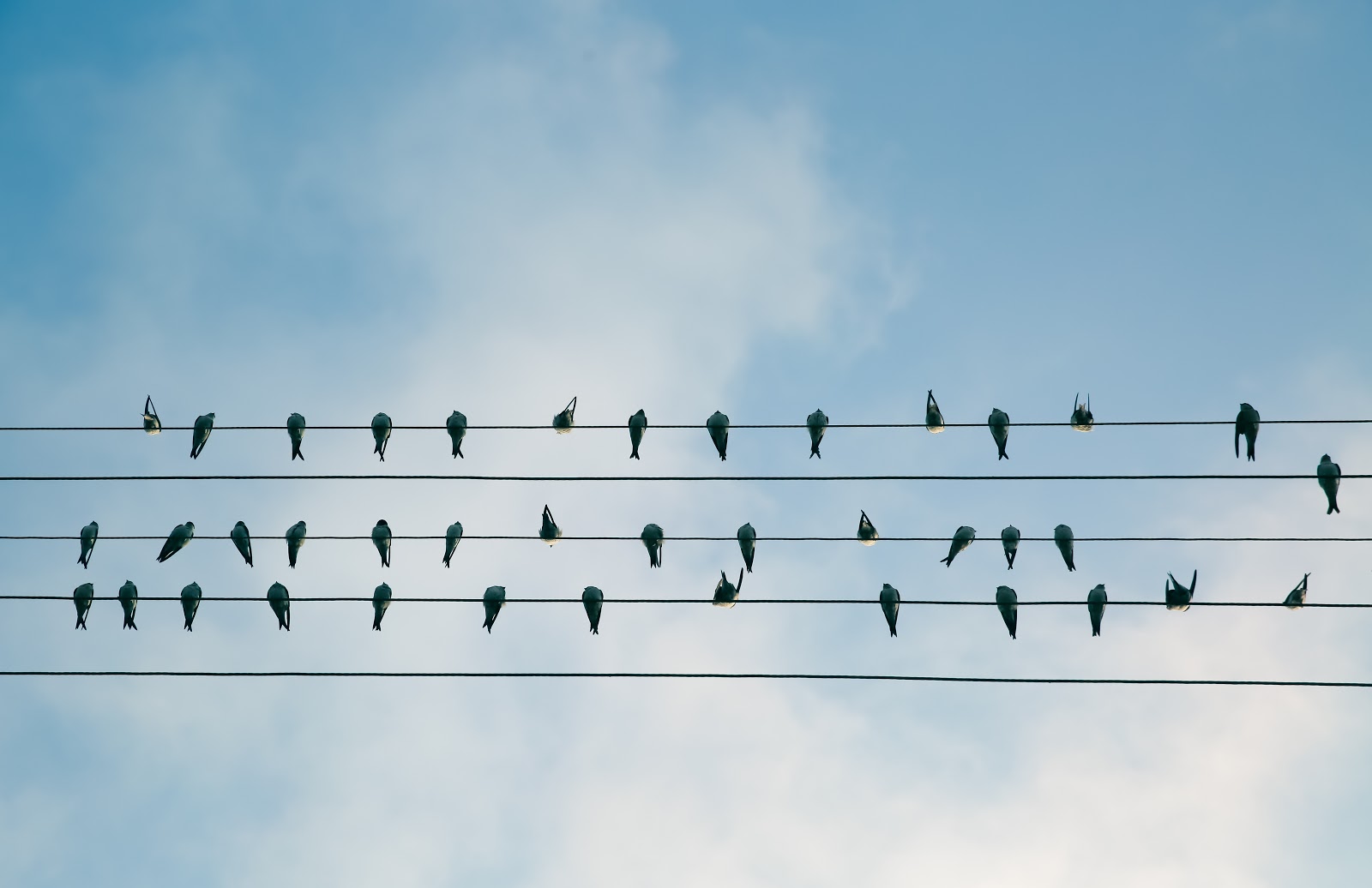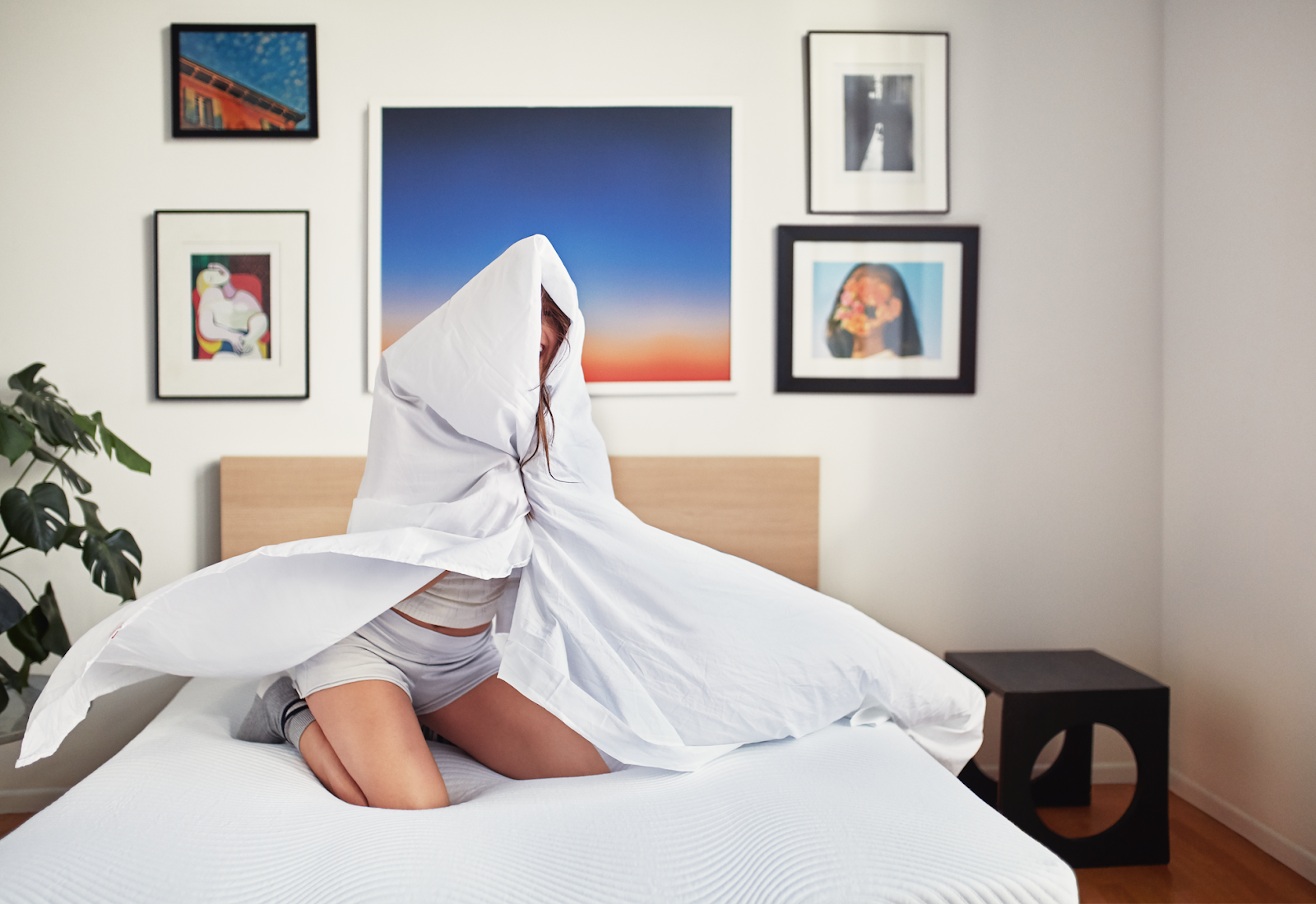Delayed Sleep Phase Syndrome Explained
According to the American Sleep Association roughly 50-70 million Americans suffer from sleep-related disorders ranging from snoring to insomnia. If you’re one of millions of Americans who have trouble falling asleep at night you could be watching too much Netflix — or there might be a more nefarious issue at play.
What is DSPS?

The average person completes a daily sleep cycle (or circadian rhythm), that follows a 24-hour schedule. For sleepers with Delayed Sleep Phase Syndrome (DSPS), this cycle is extended, making it harder for sufferers to fall asleep and wake up on time.
Particularly prevalent amongst adolescents, DSPS is often disguised by what may seem to be a social desire to stay up late at night and sleep in during the day. But DSPS isn’t just a fancy name for couch-potato syndrome. It’s a genetic disorder, sometimes caused by a gene mutation, and affects approximately 5-7% of adolescents and roughly 0.15% of the total population.
Side Effects:

Sufferers of DSPS report feeling sluggish in the mornings and often have difficulty following a regular sleep-wake schedule. Those affected by the disorder may have difficulty going to sleep early, even when they are over-tired.
For example, someone with DSPS who regularly sleeps from 2am to 10am might wake up at 7am for an early work shift, but still have difficulty changing their bedtime schedule to accomodate for the shortened sleep.
For sufferers of DSPS, it can be extremely difficult to adapt to social work-life expectations. Abnormal sleep schedules make it hard to get the recommended 6-8 hours of sleep each night, resulting in chronic sleep deprivation and what some describe as a constant feeling of jet lag.
Early to Bed, Early to Rise

As the saying goes: “the early bird gets the worm,” but for people with DSPS, the opposite is often true. With an extended sleep-wake cycle, folks with DSPS are often more productive later in the day.
In fact, some sufferers of DSPS don’t actually suffer at all, as long as they are able to follow a schedule aligned with their sleep habits. For example, a freelancer who can start work at noon and finish at 8pm might not have an issue maintaining an “abnormal” sleep schedule from 1am to 10pm, but someone suffering from DSPS with a 9-5 job might have a harder time getting the rest they need.
Is There a Cure?

Unfortunately there is no one-size-fits-all cure for Delayed Sleep Phase Syndrome. Night owls who suffer from abnormal circadian rhythms either have to find a schedule that is suited to their sleep habits, or work toward altering their sleep pattern over time.
Can I Change my Sleep Schedule?

People with DSPS often compensate for lost sleep by “catching up” on the weekend, but in order to get the deep, restorative sleep you need day-to-day, you might need to alter your sleep schedule.
One of the key characteristics of DSPS is that the body’s internal clock fails to adapt to changes in sleeping patterns, making switching up one’s sleep schedule much harder than it sounds.
Bright Light Therapy

Our body’s circadian rhythms are dictated by light. Melatonin, the body’s natural sleep hormone, is suppressed and released according to our exposure to both natural and artificial light. As a result, sufferers of DSPS have reported success in altering their sleep schedules with Bright Light Therapy.
By exposing your body to extra light in the morning (by going outside or using a blue light box), you can help stimulate your body into wakefulness and subsequently, encourage an earlier release of melatonin in the evenings.
For the best results, contact a specialist to find out which treatment is right for you.
Try Melatonin

A study published in 2010 found that melatonin supplements are effective in advancing sleep-wake rhythms in people with delayed sleep disorders. If you’re suffering from an abnormal sleep schedule, taking melatonin supplements before your desired bedtime can help you shift your sleep schedule.
Practice Good Sleep Hygiene

For all sleepers, practicing good sleep hygiene is key to getting a good night’s rest. Make sure that you have a solid mattress, blackout drapes, and a cool sleep environment to ensure deep, uninterrupted sleep.
By going to sleep and waking up at the same time each day, you can train your body into adopting a consistent sleep schedule, even if it doesn’t necessarily conform to social standards.
Sleep Healthy, Sleep Restored
What is Microsleep?
Lose While You Snooze: Sleep & Weight Loss
What You Say In Your Sleep Is More Revealing Than You Think
